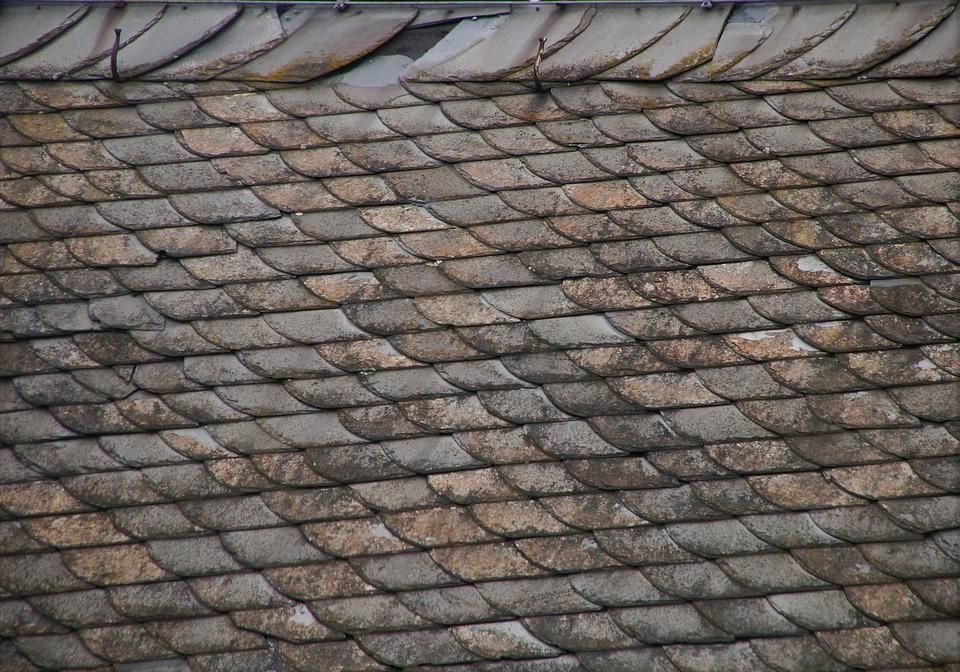
Hail Basics - A Guide to Severe Weather
There are few weather patterns that can cause the same level of damage and injury as hailstorms. These ferocious storms can occur at any time year-round, often with little warning, and cause enormous property losses and potentially even severe injuries and death. The falling ice known as hail that accompanies these storms can grow to more than four inches in diameter and fall at speeds of over 100 miles per hour!
Though hail can vary greatly in size and speed, even a little can do a lot of damage and leave people running for cover. It can be difficult to protect your home and vehicle from hail, but even a little knowledge and preparation can go a long way in making the difference between a few scratches and dings and major property damage. So, let's take a closer look at what hail is and how you can prepare for it.

Image Credit:AngelaJMaher / Pixabay
What Exactly Is Hail?
Hail is a type of precipitation that occurs most often during thunderstorms. It consists of solid lumps or balls of ice that are produced by cumulonimbus clouds and then fall to the ground. Large hail can fall at high speeds in excess of 100 miles per hour and cause significant damage when it reaches the surface. These balls of ice can vary widely in size, in some cases exceeding four inches and carrying immense force when it strikes the surface. It can break windows, destroy crops, and damage vehicles and roofs of buildings. Hail can even injure or kill livestock and people when they are unprepared. This type of precipitation causes serious and costly damage and injury.
The Formation of Hail
Hailstones occur during thunderstorms when strong updrafts within cumulonimbus clouds are strong enough to carry raindrops to extremely frigid parts of the atmosphere where they will freeze. While held aloft by the updraft, these newly formed hailstones can grow as they collide with additional raindrops. These hailstones may then fall when the storm's updraft weakens or when the hailstones grow large enough that the updraft simply can no longer suspend them.
In some cases, these hailstones may be left suspended for a significant period falling and being carried back aloft, allowing them to develop many layers and odd shapes. In other cases, a horizontal breeze may carry them away from the updraft while they are still small. However, depending upon the shape and size, the speed at which they can fall and, therefore, the force they hold when they strike the ground can vary widely. However, it is best to prepare for the worst, and according to the National Oceanic and Atmospheric Administration, the largest hailstone ever recorded was about eight inches in diameter and weighed one pound and 15 ounces. It is easy to imagine how much damage this could cause if it were to strike a person or vehicle.

Image Credit: PhotoCapeBreton / Pixabay
How To Prepare for a Hailstorm
The first step in preparing for a thunderstorm is to be aware of when one is going to occur. Always pay attention to weather alerts. When a severe thunderstorm watch occurs, this means that there is an immediate threat of a major storm that can carry hail as well as other dangerous weather conditions that can cause harm to people and property. Always pay attention to emergency weather alerts which can give you the time you need to prepare for severe weather, including hailstorms.
However, thunderstorms can appear very quickly, and you may not always be able to receive weather alerts, so it is important to know the signs that a thunderstorm is about to occur. The most common signs that a hailstorm is about to occur include the typical signs of a thunderstorm, such as dark clouds, strong winds, rain, and distant thunder. Some characteristics, such as distinct white clouds mingled among dark clouds, particularly when hot and cold fronts clash, can indicate a particular likelihood that the storm will be accompanied by hail.
When you receive an alert warning of severe weather, think about any animals you may own and make sure they are safe. Animals can be very vulnerable to hail and can suffer severe and potentially fatal wounds. Make sure to bring any animals inside your home or ensure that they are inside some other form of protective shelter. Also, bring any outdoor furniture as well as potted plants and any other outdoor items that can be moved indoors.
Before the storm arrives, ensure you and your family are safely indoors, and once inside, close any blinds and curtains to prevent hailstones and broken glass from traveling far into your home. If it is possible, then move to a safe inner part of your home away from windows and not directly below the roof. Remain there until the storm has ended.
If you are on the road when the hailstorm occurs, then remain inside your vehicle and slow down. Be ready to pull over if road conditions become unsafe. When you pull over, turn your face away from any windows and, if possible, cover yourself with a blanket to shield yourself from any shattered glass.

Image Credit: Monsterkoi / Pixabay
How To Prepare Your Home for a Hailstorm
Your home is likely to be the single largest investment you own, and it is important to protect it from any hailstorms that may arrive. Though you may not be able to fully prevent damage from occurring, you can help to mitigate its effects, and the best way to do this is to ensure that your property is in good condition.
You should regularly inspect your roof to ensure that it is in good condition and that no shingles are missing or damaged. Pay special attention to your chimney and make sure that its condition is capable of withstanding hail with minimal damage. You may also consider investing in an impact-resistant system if it comes time to replace your current roofing.
As with any storm, trees and shrubbery can pose a particularly significant threat of damage to your home. Hail and powerful winds can snap and blow branches with enough force to cause significant damage to your roof and windows. Trim back any branches that are directly over your home as well as any within six feet of your home. Pay special attention to removing any branches that look weak or dead because hail can easily break these loose, causing damage to your home.
It is not just branches that can cause damage to your home when the wind from a fierce hailstorm arrives. Decorations and waste materials alike can be blown during a hailstorm and cause damage. Try and ensure that your yard is free of debris that can easily be driven by wind. This includes garden tools, wood piles, and heavy landscaping materials such as gravel. Garden tools should be kept stored in an enclosed area such as a shed, wood piles should be secured and kept away from your home and consider replacing rock or gravel with safer landscaping materials such as bark, rubber, or other materials that will not cause harm when blown.
Finally, ensure your gutters are clean and capable of effectively draining water away from your home. Like all ice, hail will melt and is also often accompanied by heavy rains and can cause significant water damage if your gutters are clogged.

How To Protect Your Car from Hail Damage
If left unprotected in the open-air, hail can cause a lot of damage to your car. If possible, the best way to protect your car from hail is to park it in a covered space that can protect it from falling hail, such as a home garage, carport, or even a nearby parking garage. If you are caught in a hailstorm outside your home, try to move your vehicle to a safe location, and ideally, this would be a covered parking space. However, this is not always possible, and there are still steps you can take to protect your car even if you do not have an enclosed area to park in.
Moving Blankets
Though not a perfect solution, thick polyester moving blankets designed to protect your furniture from dings and scratches during a move can help offer your vehicles some protection from hail as well. By piling several of them over your entire car and tying or weighing them down to keep them there in spite of heavy winds, you can help shield your car from hail. In an emergency, even an ordinary quilt or blanket may offer some protection from hail but keep in mind that what you use is likely to suffer from some damage.
Cardboard Boxes
If you don't have any moving blankets on hand, cardboard boxes can present another option to protect your vehicle. Once flattened, you can simply tie them to your car or weigh them down. Though the cardboard will soak up moisture, thick cardboard boxes can withstand a lot of moisture and remain intact.
Floor Mats
In a pinch, if nothing else is available, there may still be some hope. Most cars have at least two-floor mats available. These mats won't be able to cover your entire car, but they can still cover at least some of the most delicate parts of your car, the windows. Place the end with the gripping feet facing toward the glass and cover as much area as possible.
Final Thoughts
Hail can cause a lot of damage to your home, car, and property, as well as potentially even cause severe injury to you and your loved ones. However, with the right preparation, you can help to prevent damage and protect yourself and your family from the damages that hail can present. Before the next hailstorm arrives, make sure to prepare in advance to reduce the risk that hail presents.
Updated